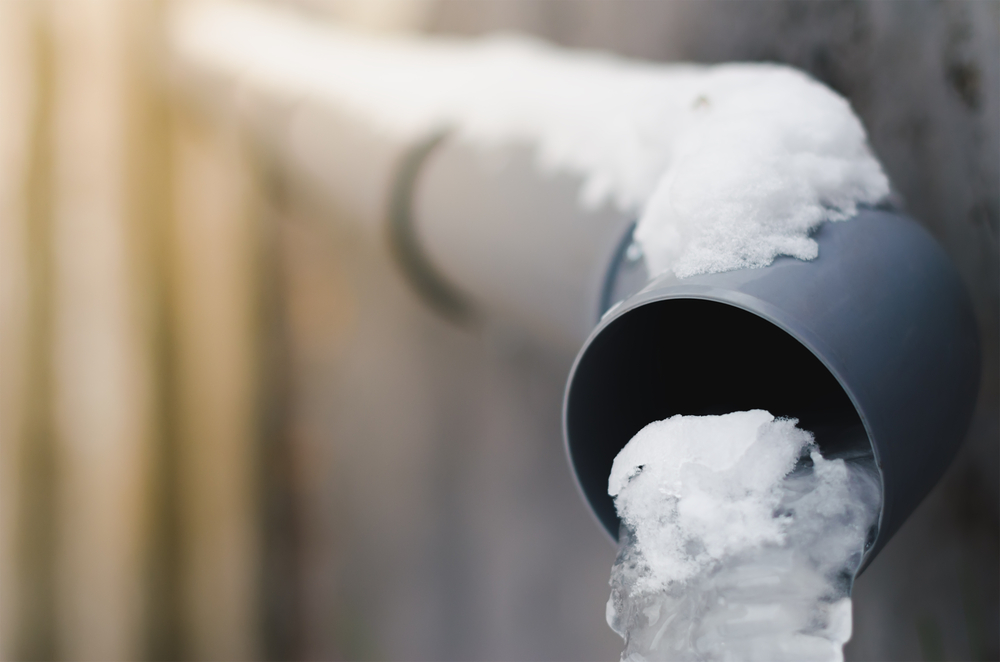Preventing Frozen Pipes in Winter: Critical Advice
Preventing Frozen Pipes in Winter: Critical Advice
Blog Article
What are your opinions about Prevent Frozen Pipes ?

Cold weather can wreak havoc on your plumbing, particularly by freezing pipelines. Here's just how to prevent it from occurring and what to do if it does.
Intro
As temperatures drop, the danger of frozen pipes boosts, possibly bring about costly repair services and water damage. Understanding just how to avoid icy pipes is crucial for house owners in cold climates.
Avoidance Tips
Insulating prone pipelines
Wrap pipes in insulation sleeves or make use of heat tape to shield them from freezing temperatures. Focus on pipes in unheated or external locations of the home.
Home heating techniques
Keep interior rooms effectively heated up, especially areas with plumbing. Open up cupboard doors to allow warm air to flow around pipelines under sinks.
Exactly how to determine frozen pipelines
Search for lowered water circulation from taps, uncommon odors or noises from pipes, and noticeable frost on revealed pipes.
Long-Term Solutions
Architectural changes
Take into consideration rerouting pipes away from outside wall surfaces or unheated areas. Include additional insulation to attics, cellars, and crawl spaces.
Updating insulation
Invest in top notch insulation for pipes, attic rooms, and walls. Correct insulation assists maintain constant temperatures and decreases the risk of frozen pipelines.
Securing Exterior Pipes
Garden pipes and exterior taps
Disconnect and drain yard tubes prior to winter. Set up frost-proof spigots or cover outdoor faucets with protected caps.
Comprehending Frozen Pipelines
What triggers pipes to ice up?
Pipes ice up when revealed to temperature levels below 32 ° F (0 ° C) for extended durations. As water inside the pipelines freezes, it increases, putting pressure on the pipe walls and potentially creating them to rupture.
Threats and damages
Frozen pipes can result in supply of water disturbances, building damage, and pricey repair services. Burst pipelines can flood homes and create comprehensive structural damages.
Indications of Frozen Piping
Identifying frozen pipelines early can prevent them from rupturing.
What to Do If Your Pipelines Freeze
Immediate activities to take
If you believe icy pipelines, maintain taps open to soothe stress as the ice melts. Use a hairdryer or towels taken in hot water to thaw pipes gradually.
Final thought
Preventing frozen pipelines calls for aggressive actions and fast reactions. By comprehending the causes, indicators, and safety nets, homeowners can secure their plumbing throughout cold weather.
5 Ways to Prevent Frozen Pipes
Drain Outdoor Faucets and Disconnect Hoses
First, close the shut-off valve that controls the flow of water in the pipe to your outdoor faucet. Then, head outside to disconnect and drain your hose and open the outdoor faucet to allow the water to completely drain out of the line. Turn off the faucet when done. Finally, head back to the shut-off valve and drain the remaining water inside the pipe into a bucket or container. Additionally, if you have a home irrigation system, you should consider hiring an expert to clear the system of water each year.
Insulate Pipes
One of the best and most cost-effective methods for preventing frozen water pipes is to wrap your pipes with insulation. This is especially important for areas in your home that aren’t exposed to heat, such as an attic. We suggest using foam sleeves, which can typically be found at your local hardware store.
Keep Heat Running at 65
Your pipes are located inside your walls, and the temperature there is much colder than the rest of the house. To prevent your pipes from freezing, The Insurance Information Institute suggests that you keep your home heated to at least 65 degrees, even when traveling. You may want to invest in smart devices that can keep an eye on the temperature in your home while you’re away.
Leave Water Dripping
Moving water — even a small trickle — can prevent ice from forming inside your pipes. When freezing temps are imminent, start a drip of water from all faucets that serve exposed pipes. Leaving a few faucets running will also help relieve pressure inside the pipes and help prevent a rupture if the water inside freezes.
Open Cupboard Doors
Warm your kitchen and bathroom pipes by opening cupboards and vanities. You should also leave your interior doors ajar to help warm air circulate evenly throughout your home.

I am very excited about How to prepare your home plumbing for winter weather and I am assuming you enjoyed reading our article. Enjoyed our blog? Please share it. Help others locate it. Thanks a lot for your time invested reading it.
Check Us Out Report this page